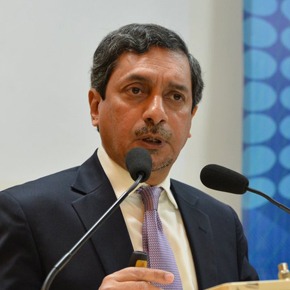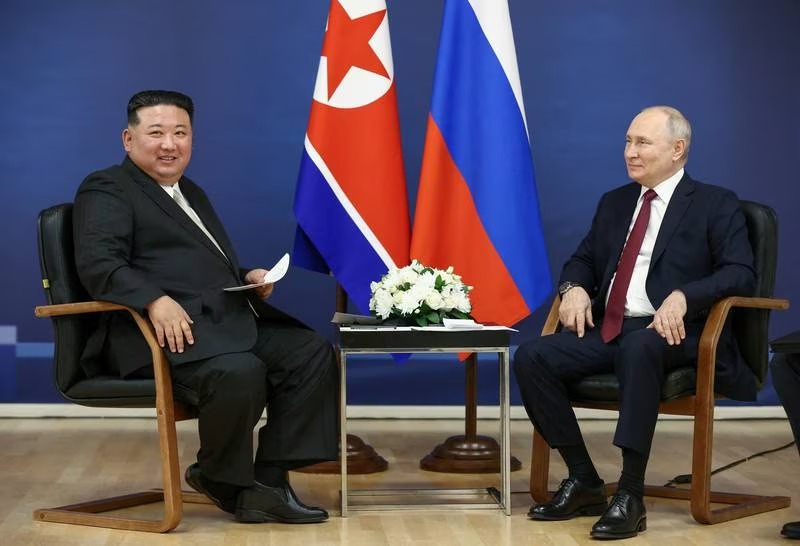Pakistan finds itself grappling with an economic catastrophe of unparalleled proportions, a “crisis like no other,”. This dire situation is not merely an economic downturn but an intricate blend of challenges spanning the realms of politics, governance, and the environment. Deeper analysis into this multifaceted crisis, it becomes apparent that Pakistan’s current predicament distinguishes itself from past economic woes in terms of its gravity and complexity.
The Complex Nature of Pakistan’s Economic Crisis
To comprehend the magnitude of this crisis, we must first dissect its economic facets. The present scenario bears resemblances to the economic upheavals that have ravaged countries like Argentina, Mexico, Greece, and Lebanon in the past. However, what sets this crisis apart is the tardy recognition of its enormity by both public commentators and policymakers. This belated acknowledgment, compounded by political considerations, has resulted in a sluggish, ill-conceived policy response that now appears deeply flawed.
Recent plans aimed at resolving this perennial crisis by attracting investments in select sectors oversimplify Pakistan’s intricate problems. They reduce the nation’s myriad obstacles, which hinder capital formation, entrepreneurial ecosystem development, and vibrant export sector growth, to a mere shortage of dollar liquidity. It is crucial to grasp why Pakistan’s current crisis deviates from the past.
This crisis is unprecedented in its severity and complexity, stemming from a convergence of multiple shocks. A significant terms of trade shock since 2021 coincides with a “sudden stop” in external capital availability due to aggressive monetary tightening by the US Federal Reserve. Simultaneously, Pakistan grapples with a full-blown public debt crisis, necessitating a substantial fiscal adjustment—possibly three to four percent of GDP—the highest the country has ever undertaken.
Political and Constitutional Crisis Worsens the Situation
The sense of a polycrisis intensifies as Pakistan finds itself embroiled in a political and constitutional quagmire since April 2022. Political uncertainty and institutional gridlock complicate policy responses and hinder the unified, comprehensive approaches crucial for a swift resolution.
Confidence Erosion and Banking Sector Stress Add to Woes
Notably, the current economic turmoil coincides with a crisis of confidence. It extends beyond short-term economic prospects to a profound lack of faith in the country’s governance and the willingness of its elites to course-correct. Capital flight, dollarization, and brain drain are symptomatic of this confidence erosion, representing severe challenges that go largely unacknowledged.
Furthermore, the banking sector could face heightened stress in the months ahead, unlike previous episodes. Two potential channels threaten stability: the government, the sector’s largest borrower, faces increasing fiscal duress, while any sovereign external debt restructuring may encompass domestic public debt. This raises the specter of a significant haircut for banks.
In this intricate and challenging environment, Pakistan’s economic prospects over the next few years appear far from optimistic, despite securing a nine-month Stand-By Arrangement from the IMF. While a near-term sovereign default has been averted temporarily, stabilization and austerity measures must persist as Pakistan undertakes a debt workout, which may include domestic debt. Consequently, economic growth will remain subdued, financial conditions restrictive, and the business environment challenging, leading to closures and economic scarring.
Macroeconomic risks remain elevated, potentially compounded by political instability and climate-related shocks, which loom as grey rhinos with high impact potential. Vulnerability to external shocks will persist until specific conditions, such as political resolution, free and fair elections, and external financing, are met.
Ultimately, Pakistan’s path to recovery and lasting prosperity necessitates comprehensive, deep, and credible reform, with all stakeholders recognizing the crisis as an opportunity for transformation.
Regrettably, another IMF program appears inevitable, given the absence of a credible alternative plan. Despite populist rhetoric, the reality is that Pakistan needs to reschedule its external debt, making an IMF program a necessary step in this process. Assertions of living without the IMF are devoid of substance and designed for political theater. Pakistan’s best course lies in crafting a viable, sustainable recovery plan and recognizing the imperative role of international assistance in achieving it.
















